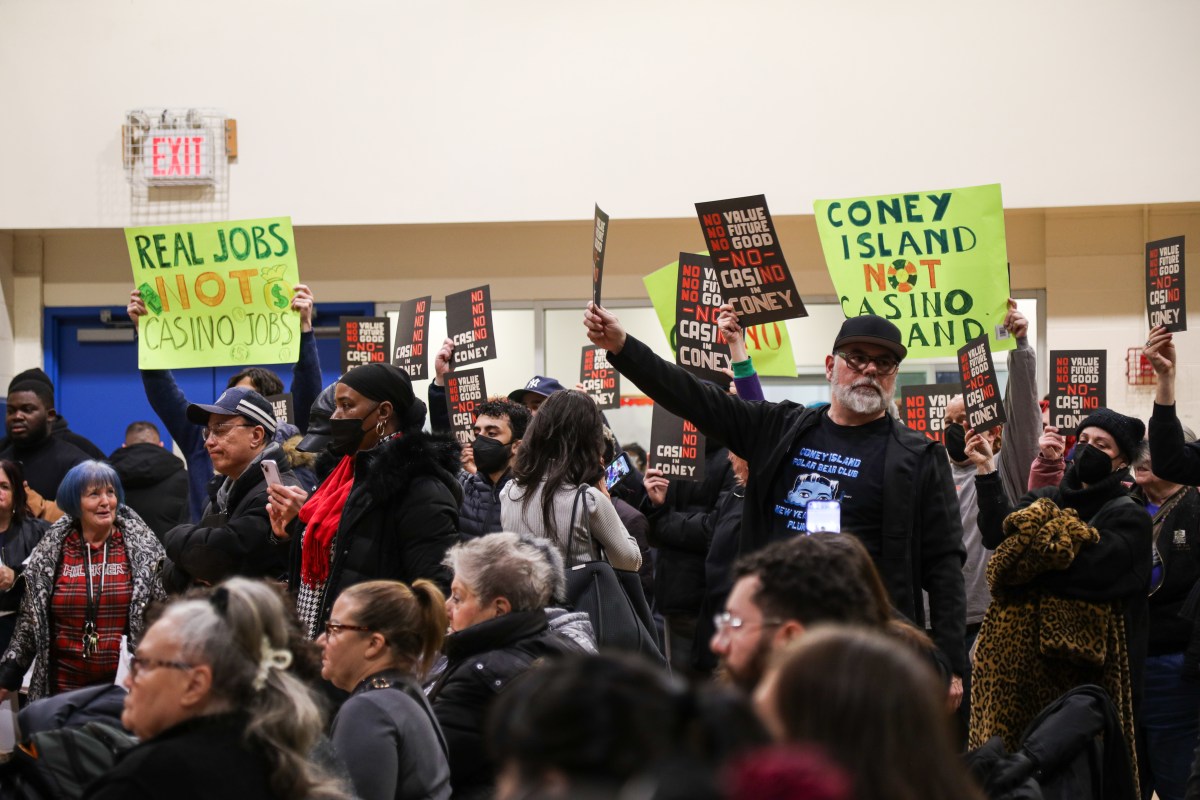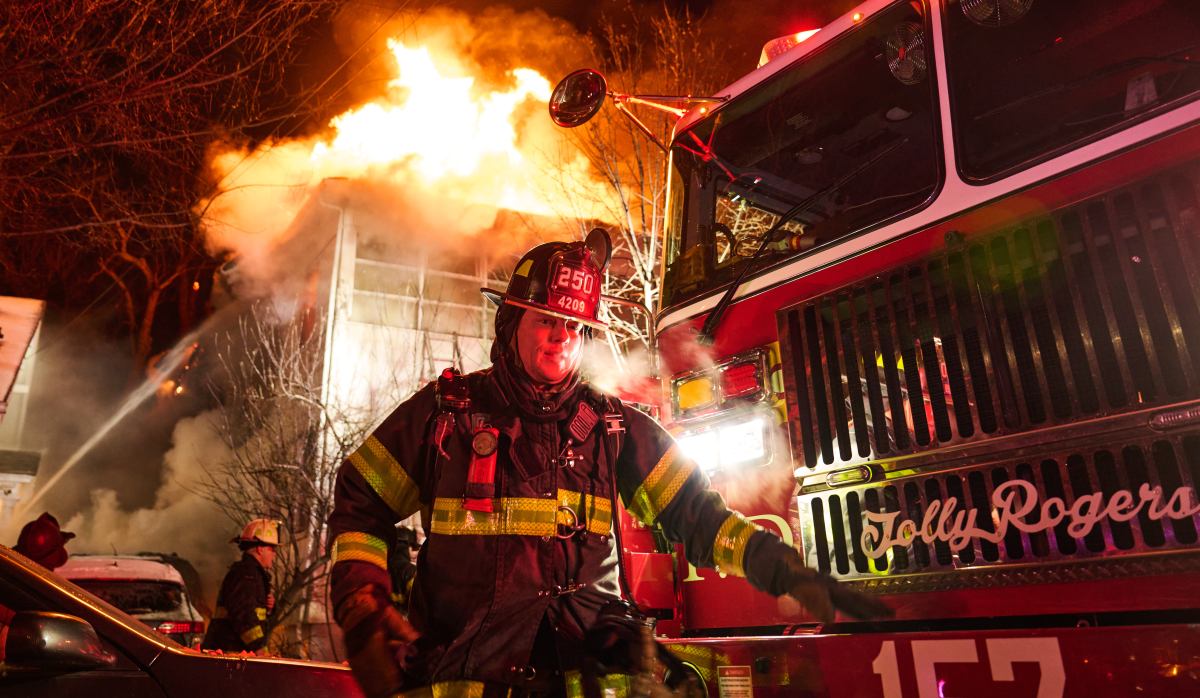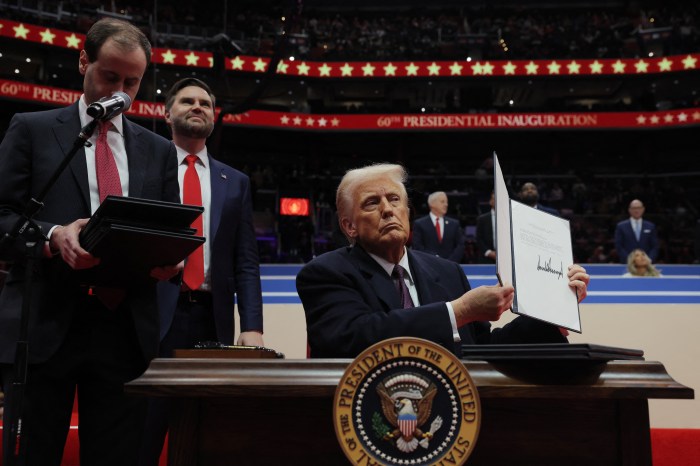City Comptroller Scott Stringer released a report Thursday showing only a quarter of City Hall’s affordable housing plan targets those earning less than 50 percent of the metro area’s median income, where the need is most acute.
To finance a more equitable housing agenda, Stringer made a handful of suggestions, including scrapping a tax on mortgages in favor of a revamped levy imposed on all purchases that increases as the price rises.
"This crisis is having the greatest effect on the people who are the backbone of New York City — like home health aides, child care workers, taxi drivers, and so many others — and we’re failing them. We have to face this crisis head on and build units for people with the greatest need," Stringer said in a statement. "Our proposal not only provides new units for some of the lowest income households and sets aside more housing for homeless families, it funds it through a new and progressive tax overhaul that makes it easier for middle class families to purchase a home."
Months after taking office, Mayor Bill de Blasio unveiled a 10-year plan to construct and preserve 200,000 below market-rate homes in the city. De Blasio’s team has since expanded the initiative to encompass a total of 300,000 homes by 2026, and to reserve a larger share of these units for lower-income households.

Nonetheless, Stringer’s report found the plan still focuses mostly on those earning more than half of the annual median income in the metro area (AMI), currently $73,100 for a single person and $93,900 for a family of three. Some 225,000 of the plan’s 300,000 units are earmarked for that population, the report noted.
The initiative aims to deliver another 43,500 homes to the 118,340 families earning between 31 and 50 percent of AMI, which is currently between about $28,170 and $46,950 for a family of three. Another 31,500 units are planned for the 396,250 households earning less than that, according to Stringer’s analysis.
The comptroller said de Blasio’s team should revamp the plan so that most of the remaining 85,000 homes are reserved for those earning under half of AMI. Data show those households spend the largest share of their income on housing costs and are more likely to crowd into small apartments or stay in a homeless shelter, Stringer said.
Mayoral spokeswoman Jane Meyer, in response, pointed to rent freezes and efforts to provide free lawyers to tenants facing eviction.
"Our city is in the grips of an affordability crisis, and the Mayor is confronting it head on," Meyer said in a statement. "This administration is fighting this crisis with every available tool — not just the housing plan being looked at by the Comptroller."
To cover the construction costs, Stringer suggested the city add $375 million annually to its capital budget. Long-term, he said the city should launch an up to $125 million operating subsidy, which would help ensure affordable apartments have enough revenue to meet basic maintenance needs, without charging the lowest-income New Yorkers dramatically more in rent.
The comptroller said the city could funnel more money to its housing agenda by altering the property transfer tax assessed on all purchases and scrapping the mortgage recording tax, which is not imposed on cash deals.
Stringer described the mortgage recording tax as regressive, noting that it was avoided by the more than 80 percent of Manhattan condo purchases and 90 percent of Manhattan town house purchases that cost more than $5 million in 2016.
He suggested changing the property transfer tax so it collects between 1 and 8 percent on purchases, with the higher rates being applied to each bracket of a transaction, rather than the entire purchase price. Stringer estimated this would increase tax revenue by an average of up to $400 million annually.
A representative from the city’s Department of Housing and Preservation said the comptroller is severely understimating the cost of its proposal.
The comptroller also supported some city lawmakers’ effort to increase the portion of affordable units reserved for homeless households.



































